Wissant 1 - a history
Caesar, Thomas à Becket, The Spanish Armada, General De Gaulle and World War Two
Photo Stephen Halpin Wissant bay and Cap Blanc-Nez
We have been coming to Wissant since the late 90’s. It feels like a second home. I have so many happy memories of precious times spent here with my husband, my sisters, my brother, two nieces, my only godson and nephew, my husband’s sister and family and close friends. We remarried here in August 2009 (originally married in Rome in 1991 and subsequently divorced - but that’s another story for a different day).
Photo Stephen Halpin
The name Wissant is derived from the old Flemish for “White Sand”. Historically, the boundary between Flanders and France moved back and forth down through the centuries. The name is appropriate given that there is a 12 km stretch of white sandy beach and dunes in front of and either side of the village. Wissant is popular with sand-yachters, windsurfers and kite surfers. I love Wissant for its beautiful bay, the uplifting light, the sunsets, the fiercely independent, no-nonsense locals and the beautiful food. My husband prefers the depths of winter here when the vent du nord is truly blowing, the rain can be relentless and there are minimal tourists.
Photo author
You can find Wissant on the beautiful D940 coastal road, 20 km south west of Calais, half way between Cap Blanc-Nez and Cap Gris-Nez. Geologically, Cap Blanc-Nez (white nose) to the north east is made of the same white chalk as the cliffs at Dover in Kent across the channel straits. In contrast, Cap Gris-Nez (grey nose) is composed of grey clay. Together with the Weald of Kent, they comprise a geological syncline. In the past, at the height of the last ice age, there was no sea between the Weald of Kent and the Boulonnais area in Pas de Calais, instead the Straits of Dover was a land bridge linking Britain to mainland Europe. Brexiteers take note (Yes, I know it was 2016 but here we are!).
Photo author Contains British Geological Survey materials © UKRI [1969]
Wissant was an old channel port. Caesar used it for his second invasion of Britain in 54 B.C.; it was an important port in the early Middle Ages and Thomas à Becket, Archbishop of Canterbury, on route from Rome, passed through Wissant, on his final journey back to Canterbury in 1170, where he was assassinated in the cathedral. However by the sixteen century, the harbour at Wissant had silted up.
Photo author Plaque on right hand side of Église Saint-Nicolas, Wissant
It is quite amazing looking out on this seascape to imagine that the Spanish Armada fleet left Lisbon on the orders of King Philip II of Spain in late May 1588, with the purpose of invading England; overthrowing Queen Elizabeth I; reinstating Catholicism; ending English support for the Dutch republic and preventing attacks by English and Dutch privateers against Spanish interests in the Americas. The Spanish Armada (150 ships; 30,000 men) sailed up the English Channel, planning to join the Duke of Parma in Flanders. During July -August 1588, having arrived safely off the French coast between Wissant and Calais, and waiting for the Duke of Parma, the Spanish Armada was attacked by an English fleet of eight fire ships from Plymouth. That and subsequent stormy bad weather forced the Spanish Armada to retreat and escape back to Spain via the North Atlantic around Scotland and the North and West coast of Ireland. Forty four Spanish ships were lost (many washed up on the Irish coast between Antrim and Kerry, 10 were scuttled) and approximately 11,000 - 20,000 Spanish died during the Spanish Armada expedition.
Robert Adams & August Rutherford, 1590, Map of the track of the Armada around Britain and Ireland (PBD8529(2), © NMM).
With the construction of the Calais-Boulogne railway line in early 1867, this enabled a new generation of French travellers to discover the beauty of the Baie de Wissant. Between the late 19th century and the early 20th centre, a group of French artists arrived in Wissant. They shared a love of the land, the light and the sea at Wissant. This group of artists came to be known as L’ecole de Wissant. They included Adrian Demont, Virginie Demont-Breton, Paule Crampel, Louise Ball Demont, Edouard Houssin, Raoul Brygoo, Pierre Carrier-Belleuse and Valentine Pèpe.
Adrian Demont, from L’Ecole de Wissant et Ses Peintres, Art et Histoire de Wissant, Jean-Marie Ball, Annette Bourrut Lacouture, Philippe Gallois, 2012
Photo author Adrian Demont and Virginie Demont-Breton, gate to residence on Rue du Calvaire des Marins, Wissant
Photo author Adrian Demont
Virginie Demont-Breton, from L’Ecole de Wissant et Ses Peintres, Art et Histoire de Wissant, Jean-Marie Ball, Annette Bourrut Lacouture, Philippe Gallois, 2012
Photo author Virginie Demont-Breton,
General/President De Gaulle, originally from Lille, used to enjoy summer holidays with his family in Wissant
Photo author
Photo author
In Word War II, Wissant was occupied by the Nazis, who thought that the British would attempt an attack in the Calais area. This was immortalised in the BBC sitcom Dad’s Army opening credits.
The Nazis built many concrete blockhouses along the French coast as part of the Atlantic Wall, like this one on Wissant beach, which has now been demolished due to health and safety concerns.
Photo author
Whilst stationed at Wissant in 1941, two German soldiers, on sick leave, painted two frescoes of their hometowns (Königswinter beside the river Rhine and Cologne cathedral) on the indoor walls of a local cafe bar Chez Nicole, where we enjoyed a glass of champagne after our wedding ceremony.
Photo author
As mentioned earlier, by the 16th century, the harbour at Wissant had completely silted up. Since then, Wissantais fishermen have had to push, pull and drag their unique fishing boats called flobarts, up and down from the beach, either manually or by horse or tractor. Sadly, now the number of Wissantais fishermen has declined to one last, existing flobart owned by local Patrick Malfoy, who has been a fisherman in Wissant for over 30 years.
Photo from Dernier Flobart by Damien Waymel, 2012
In my next article, I hope to write about some local enterprising individuals in Wissant, working with the local land, the sea and its produce and next weekend’s annual Flobart Festival.
Thank You for reading Free-Styling @60.
Clicking the heart, sharing and/or commenting below all help other people find my work.
If you have enjoyed my writing and aren’t already a subscriber, please do sign up here - it’s free.





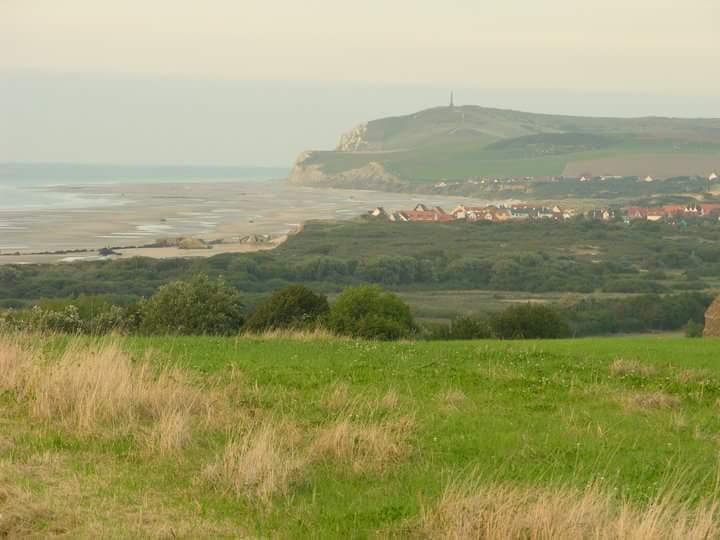

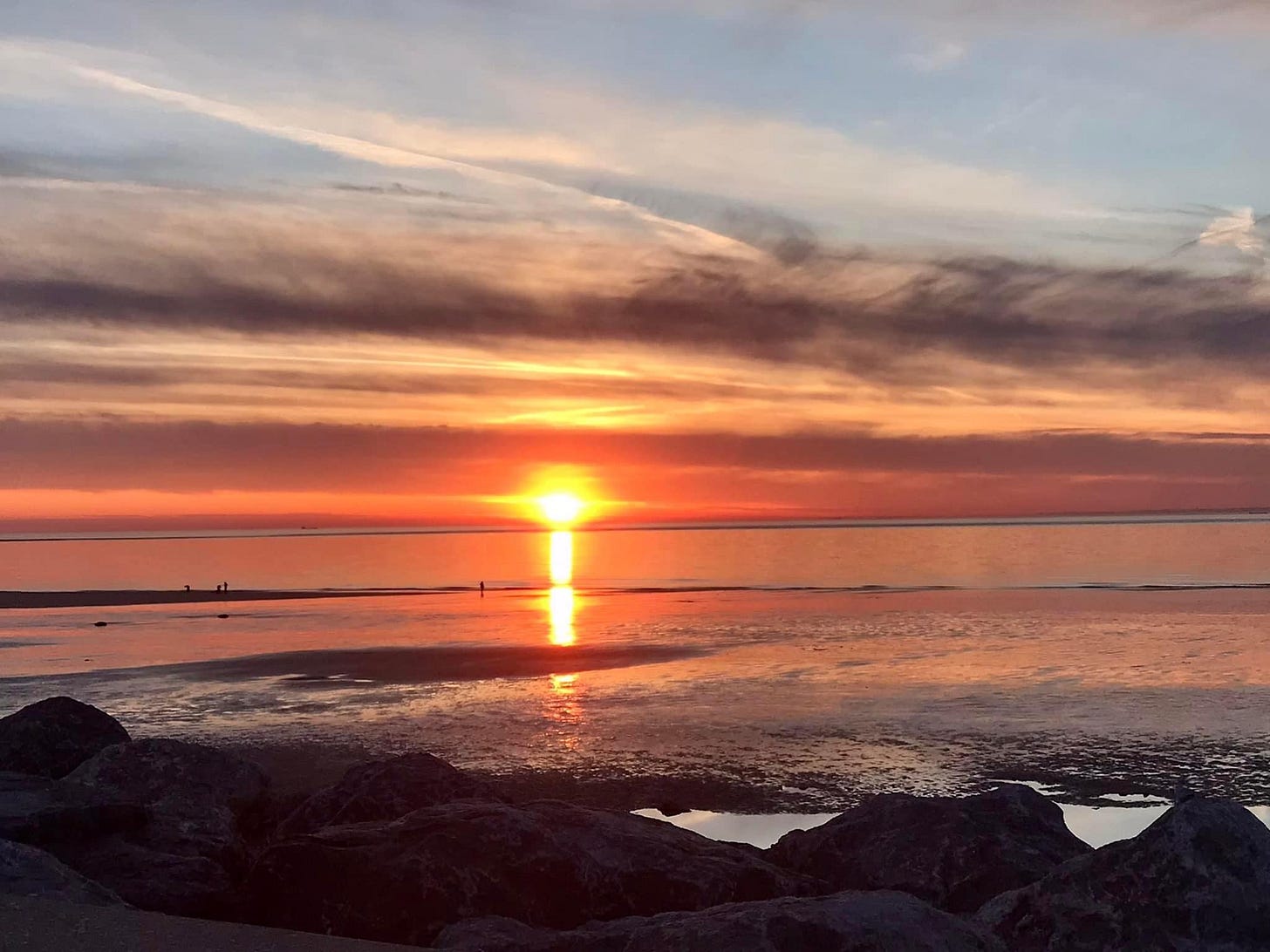
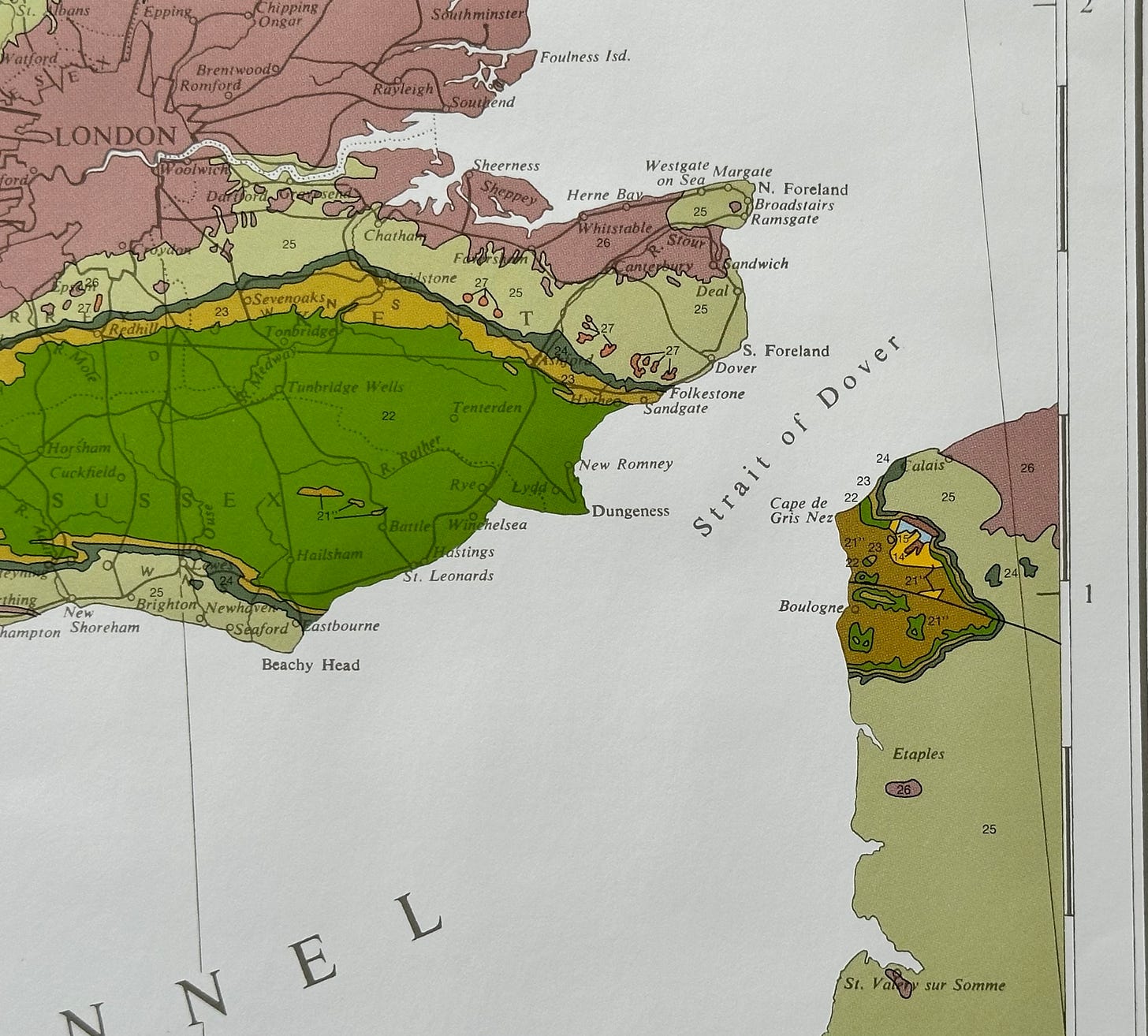
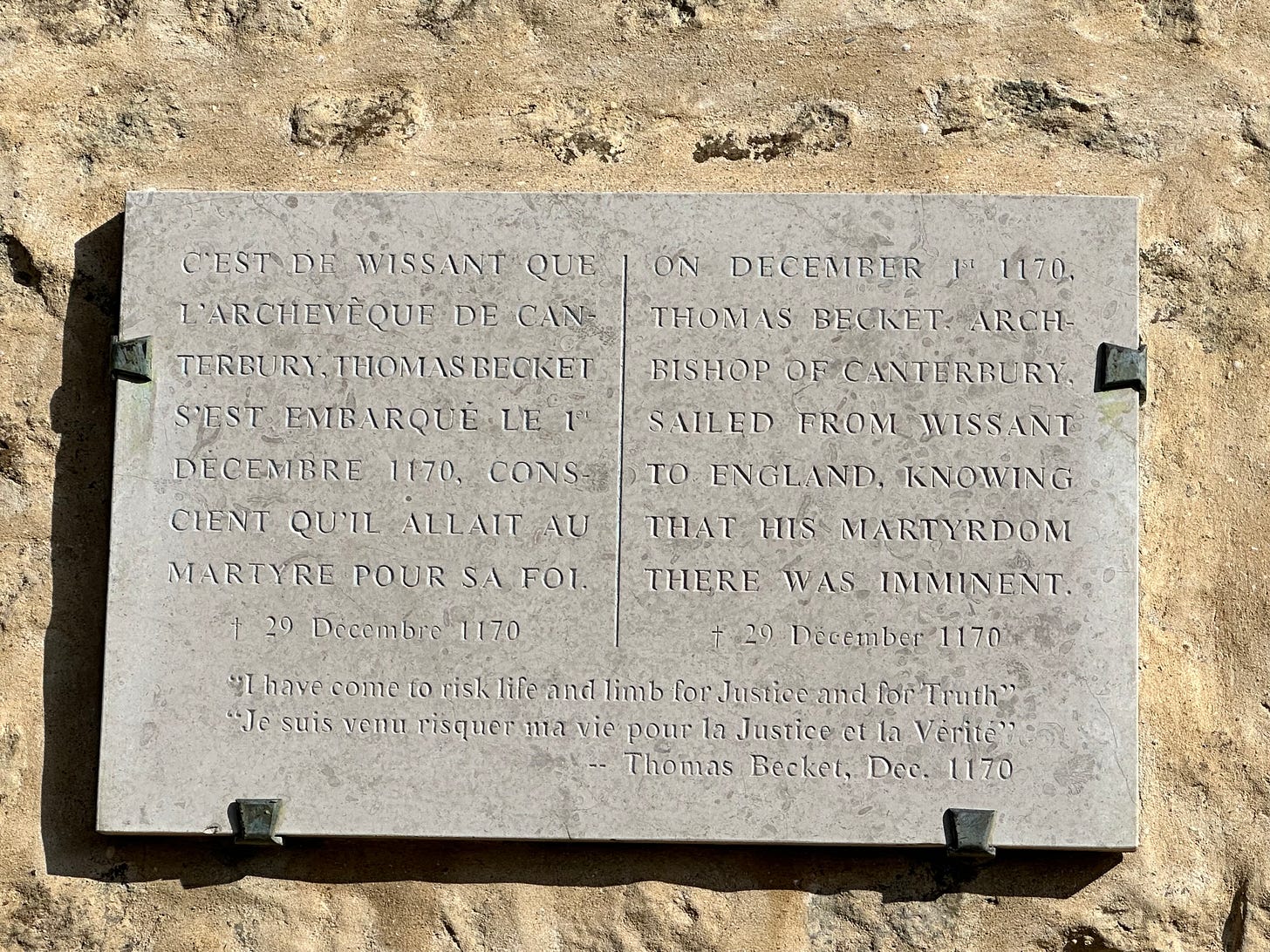




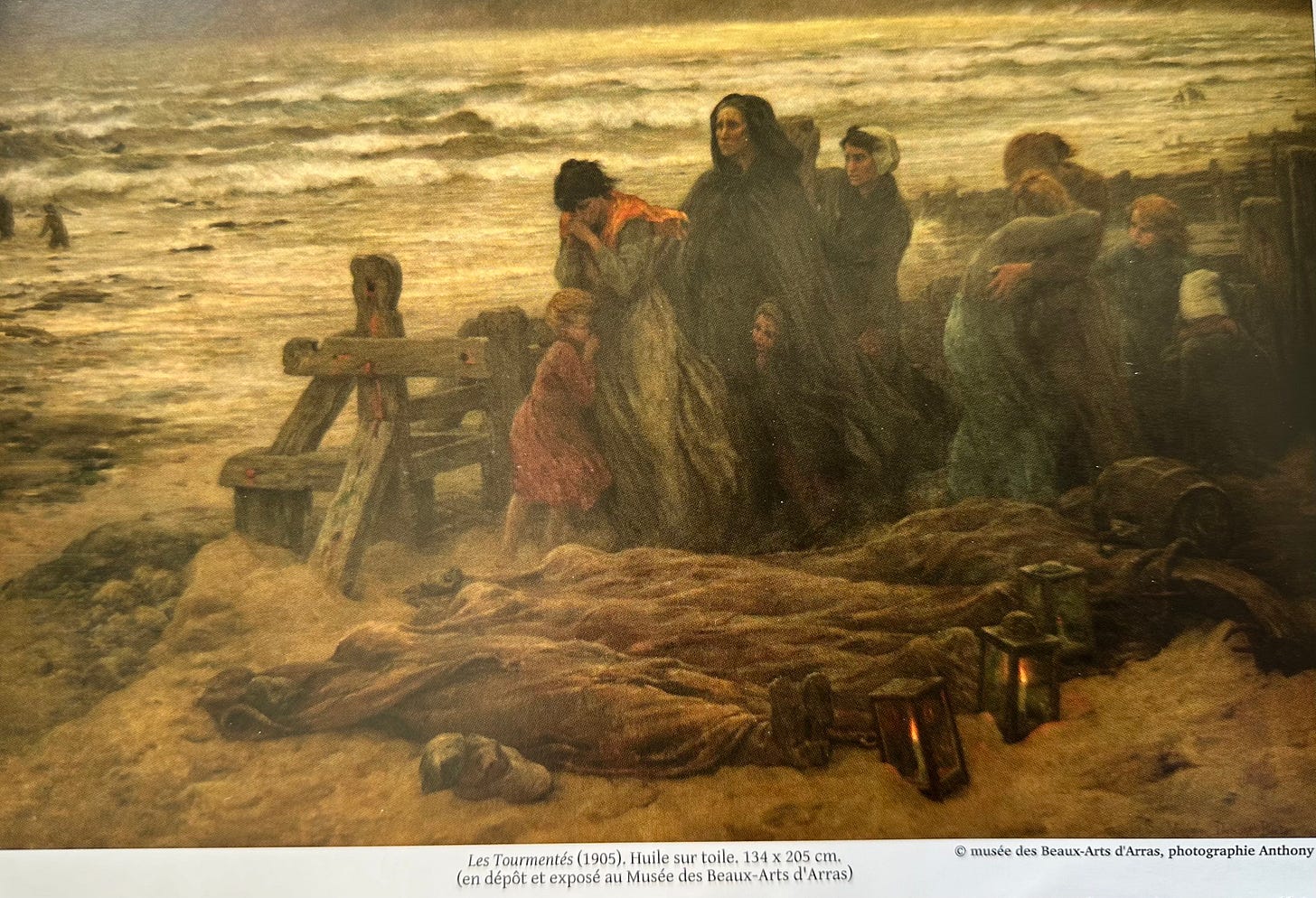


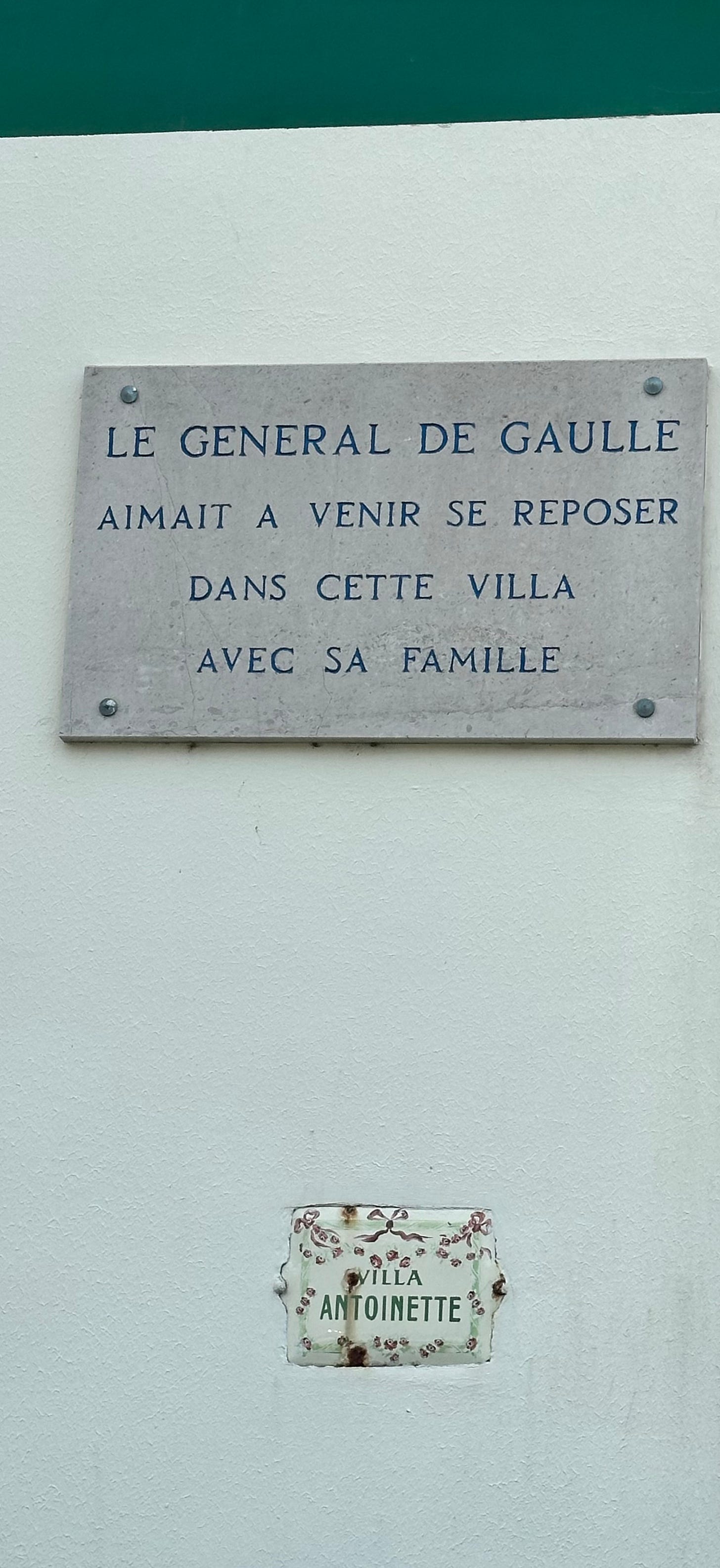
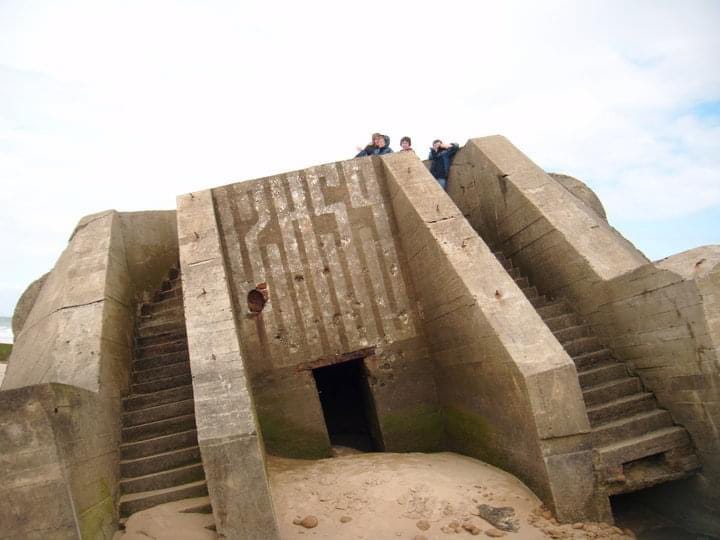

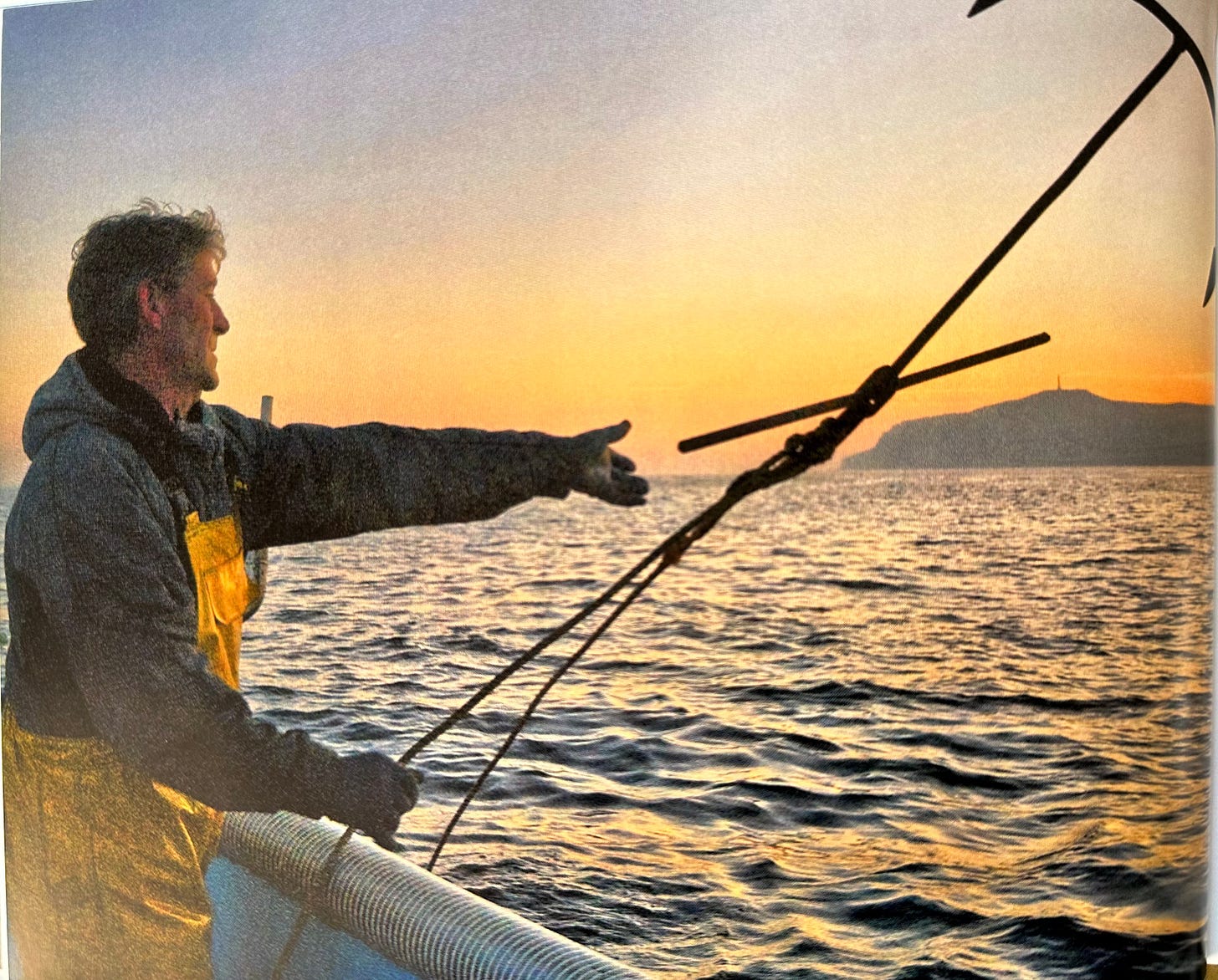
Beautiful article about a beautiful place written by a truly beautiful person
However I might be accused of a lack of objectivity
Guilty as charged
💜🐈 xx
Really interesting Caroline x